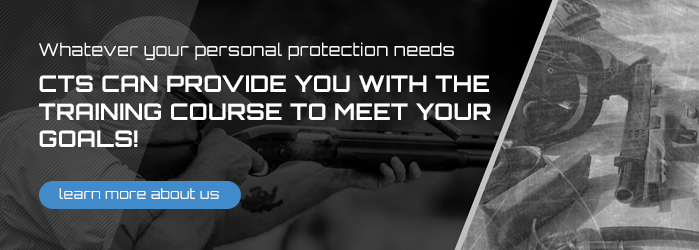Dry Fire Practice Drills – With A Purpose

Developing skills with your firearm takes practice. This usually means setting aside several hours of your time. You will need to collect all your gear, schedule range time, get to the range and set-up, complete your training and then, reverse the order. This allotment of time is often what stops us from getting the practice we need. The kind of skills necessary to be competent and proficient with a firearm are what we call “diminishing skills”. If we don’t continually work on them, they will get worse. Want some good news? We can develop those skills and keep them sharp, with significantly less effort, with Dry Fire Practice.
Foremost is Safety.
- ALL guns are Always loaded.
- NEVER let the muzzle cover anything you are not willing to destroy.
- ALWAYS keep your finger off the trigger until you are on target.
- ALWAYS be sure of your target.
DRY FIRE PRACTICE
What is Dry Fire Practice? As the name implies, it’s firearms practice, without the “live” fire. We use a cleared and safe firearm or an inert replica to accomplish our skill building. It can be done safely at home, in the office, or even in your hotel when you are on the road. Of course, you must have a baseline of skills to practice. I strongly recommend that you attend a class, get professional training and establish solid fundamentals. Practicing bad techniques will make it significantly harder to become proficient with your firearm.
HOW TO DRY FIRE PRACTICE
In order to safely dry fire practice, use a check list to be sure you don’t make any dangerous mistakes. A link to the complete dry fire practice safety handout is below, but here are the key points.
- Have a specific dry practice area (quiet and clear of distractions.)
- Remove ALL live ammunition from the dry practice area.
- Ensure the firearm is clear and safe (double-triple check.)
- Have a specific dry practice target.
- Limit dry practice session to about 10 minutes (20 max, if you are really focused.)
DRY FIRE PRACTICE TOOLS
There are a number of dry fire practice tools available to help with marksmanship and manipulation. Acquiring some of these tools over time will allow you to continue your development and improve your skills.
- Dummy rounds.
- Training barrels.
- Dummy magazines.
- Blue guns (they come in a variety of colors.)
- Chamber flags.
- SIRT guns or other laser training devices.

DRY FIRE PRACTICE DRILLS
Everyone who is serious about concealed carry or personal protection, does dry fire practice. Like any skill development, your practice session should be systematic and have an objective. What are your goals? Since we are keeping sessions short, don’t go crazy and try to do too much, there is always the next session. You may want to do pistol presentations in one session and pistols loads in another. Some examples.
- Loading / unloading
- Pistol presentation from ready or holster.
- Emergency and tactical loads.
- Target transitions.
- Shooting positions.
- Movement.
Remember; Practice make permanent, Perfect practice makes perfect.
- Training repetitions must be done perfectly.
- Training sessions must be done regularly. Frequency is better than duration.
- Measure your skills so you know if you are improving.
- Adjust your training based on results.
- Speed is not a necessary element of dry fire practice. If you can’t do it slow, you can’t do it fast.

Learn More Here: Dry Fire Practice Check List
Contact Custom Tactical Service today and ask about gun safety and other courses we offer.
